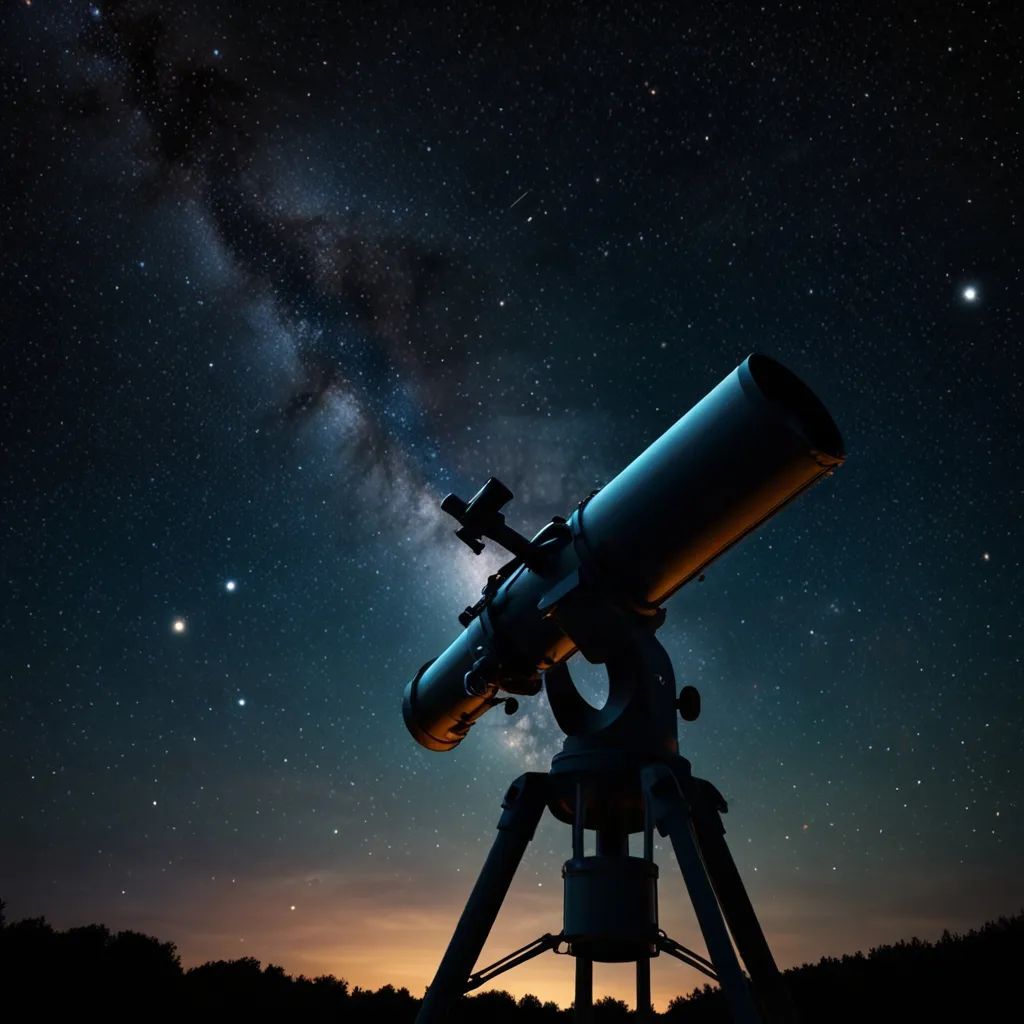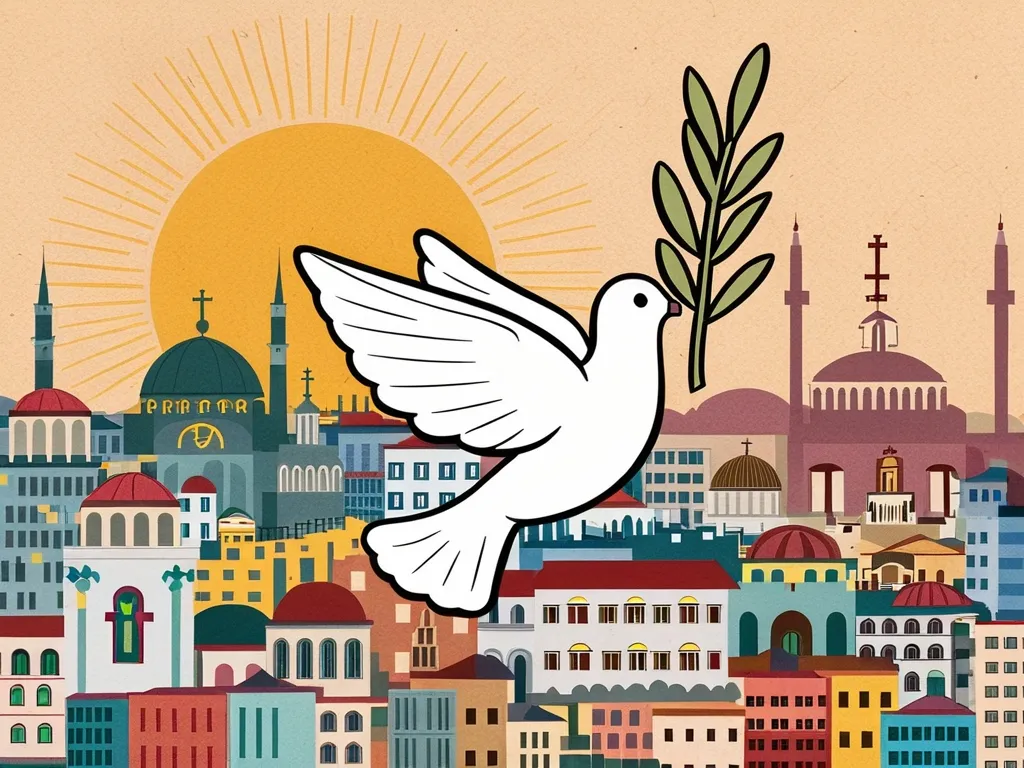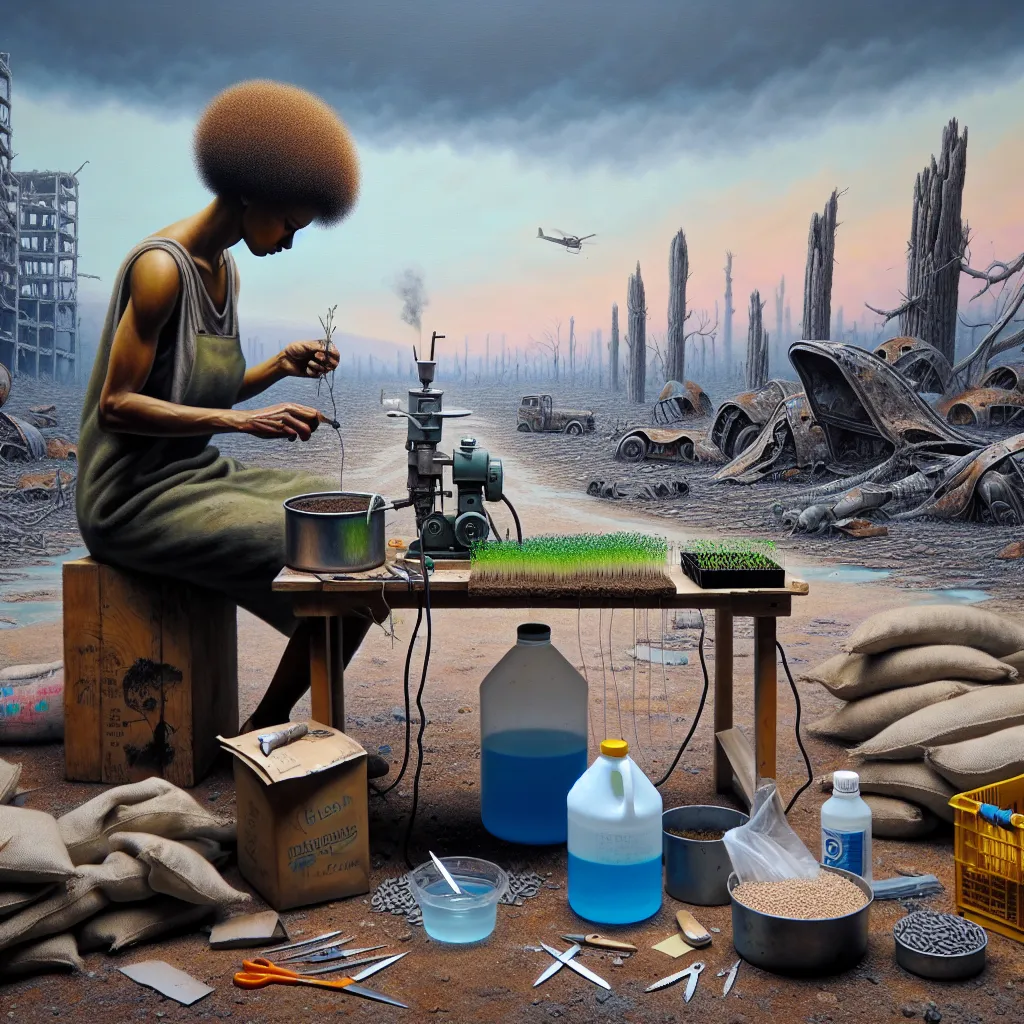Here’s a rewritten version of the content as a fresh article in a casual, SEO-friendly style with a personal touch:
Exploring the Universe: From James Webb to Voyager
The universe is vast and full of wonders, and humanity’s quest to understand it has led to some incredible scientific achievements. Let’s take a journey through space, exploring some of the most groundbreaking missions and discoveries of our time.
The James Webb Space Telescope: A New Window to the Cosmos
Remember when we first saw those mind-blowing images from the James Webb Space Telescope? It felt like we were seeing the universe with new eyes. This incredible piece of technology is revolutionizing astronomy, allowing us to peer further into space and time than ever before.
The sheer size of Webb’s mirror is staggering - at 6.5 meters wide, it’s bigger than most houses! And the precision? If you stretched that mirror to cover the entire United States, the biggest bumps would only be about a centimeter high. Talk about smooth!
But it’s not just about size. Webb sees in infrared light, which opens up a whole new world of possibilities. We can now see through dust clouds, spot distant galaxies, and even analyze the atmospheres of exoplanets. Who knows what secrets of the universe we might uncover?
The Parker Solar Probe: Touching the Sun
While Webb looks out into deep space, the Parker Solar Probe is getting up close and personal with our nearest star. This plucky little spacecraft is literally touching the sun, flying through its outer atmosphere to unlock its mysteries.
Designing something that can withstand temperatures of over 1,400 degrees Celsius is no easy feat. The probe’s heat shield is only 4.5 inches thick, but it keeps the spacecraft at a comfortable room temperature even as it faces the sun’s intense heat. It’s like having a swimming pool next to a blast furnace!
The data coming back from Parker is mind-blowing. Scientists are discovering phenomena they never even knew existed, like magnetic “switchbacks” that could help explain how solar wind is formed and accelerated. It’s rewriting our understanding of our nearest star.
Voyager: The Little Spacecraft That Could
While Webb and Parker are the new kids on the block, let’s not forget about the OGs of space exploration - Voyager 1 and 2. Launched way back in 1977, these intrepid explorers are still going strong, now venturing into interstellar space.
It’s incredible to think that these spacecraft, with less computing power than your smartphone, have traveled billions of miles and are still sending back data. They’ve shown us the outer planets in unprecedented detail and are now teaching us about the very edge of our solar system.
The Voyager missions have revealed that the shape of our solar system’s protective bubble, the heliosphere, is nothing like we thought. Instead of being round, it’s more like a croissant with two horns! Who would have guessed?
The Hubble Space Telescope: A Story of Redemption
No discussion of space exploration would be complete without mentioning the Hubble Space Telescope. This orbiting observatory has been a game-changer for astronomy, but its story is also one of human ingenuity and perseverance.
When Hubble first launched, its images were blurry due to a flaw in its mirror. It was a major embarrassment for NASA. But instead of giving up, engineers and astronauts worked tirelessly to fix it. The result? Some of the most stunning and scientifically valuable images of the cosmos ever captured.
Even after 30 years, Hubble continues to make groundbreaking discoveries. And when it recently experienced a major computer glitch, a team of retired engineers came out of retirement to help fix it. Talk about dedication!
The Rosetta Mission: Landing on a Comet
Last but not least, let’s talk about one of the most audacious space missions ever attempted - landing a spacecraft on a comet. The Rosetta mission and its Philae lander did just that, giving us our first up-close look at these ancient wanderers of the solar system.
The landing didn’t go quite as planned - Philae bounced and ended up in a shady spot where its solar panels couldn’t get enough light. But even in the short time it was operational, it sent back invaluable data about the composition of comets and clues about the origins of life on Earth.
These missions remind us of the incredible things we can achieve when we push the boundaries of science and engineering. They’re not just about pretty pictures or scientific data - they’re about expanding our understanding of the universe and our place in it.
As we continue to explore space, who knows what amazing discoveries await us? The universe is vast and full of mysteries, and we’re only just beginning to scratch the surface. So keep looking up - the next big discovery could be just around the corner!






